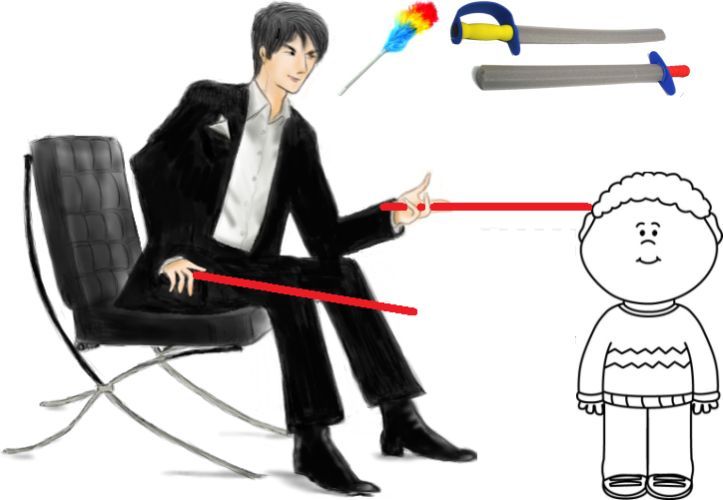I completed a First Aid course today and some aspects of it made me think about some martial arts stuff.
- Our First Aid instructor told us that in 2015, the #1 most dislocated body part was the fingers. This made me mindful of why good MA instructors teach students to keep their fingers and thumbs not protruding, either in a tight fist or relatively close together -- certainly not splayed out. Even when you grab or grapple an opponent, you should be sticking to the part of the body that you're grabbing with the outside of the arm facing the opponent, and them turning your wrist to initiate the grab with the pinky leading first and eventually to the index finger and thumb pincing (similar to the way your fingers move when playing piano keys from pinky to thumb). But I've seen my fair share of students who simply reach their hands out to grab.
- Anyone who's ever done CPR training will know that you compress the chest using the heel of your palm and not the palm "ridge" (directly beneath your fingers) or your fingertips (unless it's a baby). This made me think about styles that deliver the forward kick impacting with the heel of the foot vs those who impact with the ball of the foot. The heel of the foot absolutely issues more power, just as compressing with the heel of your palm does. Kicking with the ball of the foot may offer a few extra cm in distance, but it's fairly negligible. I prefer to impact with the heel of my foot. Especially bearing in mind that in self defence, the primary purpose of the front kick is to push or repel an oncoming attacker; it's the "bugger off!" kick. Also, this is Spartaaa!
- When we talked about bleeds, cuts, protrusions etc. it made me think about why you should never face your wrists towards your opponent. This is why you should always keep your wrists facing either towards each other or facing yourself
There was even an element of self defence embedded in this First Aid course. Our instructor is also an ambulance paramedic, and he often mentioned how to treat a patient without leaving ourselves vulnerable to attack. We've all heard stories about how ambos are increasingly being assaulted by patients, so apparently they factor this into their basic training now. It's sad that our society has come to this.






 Reply With Quote
Reply With Quote But it is interesting to see how two very similar codes evolved on opposite sides of the world.
But it is interesting to see how two very similar codes evolved on opposite sides of the world. 






 The entire pre-black belt content was developed in Japan in the early 20th Century as a means of simplifying (i.e. watering down) Karate to make it easier to teach to school children, because the Japanese Ministry of Education wanted to introduce Karate as part of their school physical education/sports curriculum. And this is commonly done in children's PE, sports and other games where rules are simplified to make it easier for kids -- that's fine. But I've never understood why people continue to teach the pre-black belt levels to adolescents and adults, for which the curriculum was never initially intended for. Imagine teaching teens or adults a simplified form of cricket or AFL etc. So this person has spent years -- likely tens of thousands of dollars (because he also goes interstate and overseas to compete and train) on his Karate training, only to now finally achieve Beginner's Level -- a level which, traditionally, is when a Karateka would begin his Karate training (hence the name!). He's spent years and loads of money to reach the level where I was when I first started my martial arts training from zero. This is why I prefer training in traditional schools.
The entire pre-black belt content was developed in Japan in the early 20th Century as a means of simplifying (i.e. watering down) Karate to make it easier to teach to school children, because the Japanese Ministry of Education wanted to introduce Karate as part of their school physical education/sports curriculum. And this is commonly done in children's PE, sports and other games where rules are simplified to make it easier for kids -- that's fine. But I've never understood why people continue to teach the pre-black belt levels to adolescents and adults, for which the curriculum was never initially intended for. Imagine teaching teens or adults a simplified form of cricket or AFL etc. So this person has spent years -- likely tens of thousands of dollars (because he also goes interstate and overseas to compete and train) on his Karate training, only to now finally achieve Beginner's Level -- a level which, traditionally, is when a Karateka would begin his Karate training (hence the name!). He's spent years and loads of money to reach the level where I was when I first started my martial arts training from zero. This is why I prefer training in traditional schools. 


